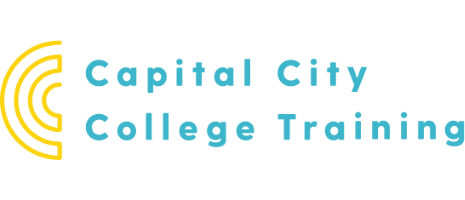
Sewing Machinist - Level 2 Apprenticeship


About the Course
Occupational Summary
Sewing machinists work in the manufacturing sector. They produce sewn products and may also conduct repairs. Sewn products include aviation textiles, clothing, leather goods, marine textiles, medical textiles, and soft furnishings. Companies who employ sewing machinists may be large, small, or micro sized. They may specialise in certain sewn products, or the sewn product may be part of a wider manufacturing process. Sewing machinists use industrial sewing machines, which may be supported by hand sewing techniques. They use techniques such as lockstitching, blind hemming, cover stitch, cup seaming, ruffling, and linking. They complete quality checks, prepare materials for the next stage in the process and complete work records. Conducting basic sewing machine maintenance is also part of the role. They also contribute to maintaining the work area and improvement work. A sewing machinist may work alone or as part of a team, on one aspect of the sewn product's production or on various operations. They may also have contact with people from other functions for example, quality, engineers, and warehouse staff. They work under supervision. They must ensure that their work meets product specifications, quality and speed requirements and supports production plans. They must work to health and safety rules. They must also support sustainability. For example, by minimising waste and recycling.
The role of a sewing machinist can include:
· Organisation and maintenance of an efficient work station
· Operating specialist industrial sewing machines
· Adhering to health and safety regulations
· Working with a variety of materials, threads and trimmings
· Using a range of sewing production techniques and methods
· Producing sewn items that meet quality standards, targets and deadlines
· Interpreting and following instruction and technical specifications
· Monitoring and maintaining the work flow
· Routine machine maintenance
Entry criteria
Apprentices without English and mathematics at level 1 must achieve this level and apprentices without level 2 English and mathematics must take the tests for level 2 prior to taking their End Point Assessment (EPA).
For those with an education, health and care plan or a legacy statement, the apprenticeships English and maths minimum requirement is Entry Level 3.
Occupational profile
After completion of this Apprenticeship, you will be in a great position to find work or apply for a level 3 course/apprenticeship.
King’s Cross
London
WC1X 8RA
United Kingdom Contact Us

